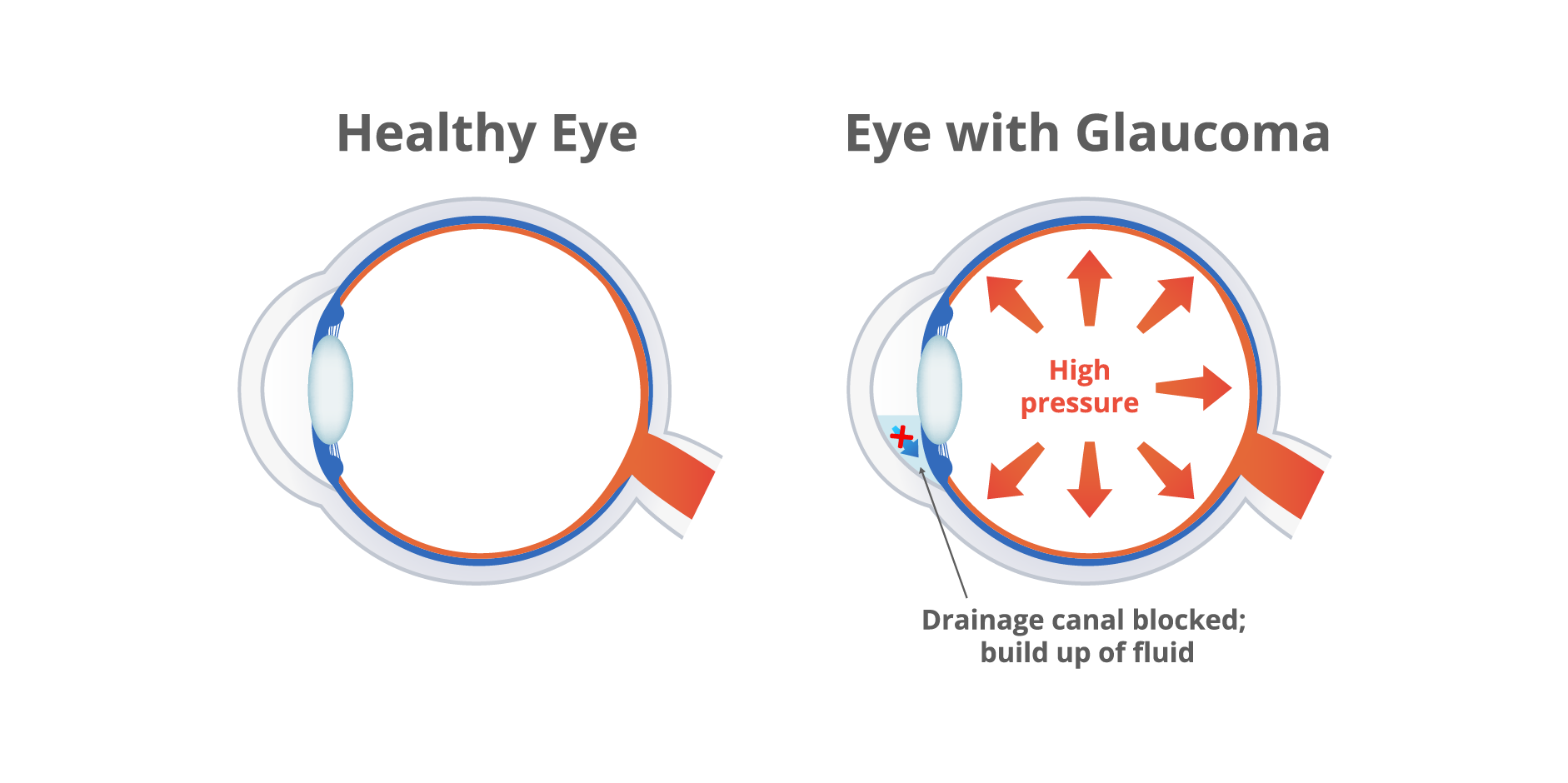Nội dung của trang này:
Nội dung của trang này:
Giới thiệu
Primary angle-closure glaucoma is a synechial or appositional closure of the anterior chamber angle secondary to multiple mechanisms resulting in raised intraocular pressure (IOP) and structural changes in the eyes but without glaucomatous optic neuropathy. Iridotrabecular contact (ITC) is the hallmark of PACD and the most commonly identified sign wherein the iris appears to touch the anterior chamber angle at the posterior pigmented trabecular meshwork (TM) or more anterior structures and indicates that treatment is required.
Dịch tễ học
Glaucoma is the leading cause of irreversible visual impairment and blindness worldwide. Primary angle-closure glaucoma is three times more common in Asian population compared to European population. The higher prevalence of angle-closure glaucoma in Asians may be due to shorter axial lengths, possible physiological differences and risk factors. Across the Asian subregion, there was a greater burden of primary angle-closure glaucoma in East Asia. Women have a higher prevalence of acute-closure glaucoma compared to men.
Sinh lý bệnh
Mechanisms
of Primary Angle-Closure Disease
The
mechanisms responsible for angle closure are defined in terms of the anatomic
location of obstruction to aqueous flow. It is important to determine the
mechanism involved since initial management is directed at the underlying
disease.
 Primary Angle-Closure Glaucoma_Disease Background
Primary Angle-Closure Glaucoma_Disease BackgroundPupillary Block Mechanism
The pupillary block mechanism accounts for approximately 75% of cases of primary angle-closure. The aqueous flow from the posterior chamber through the pupil to the anterior chamber is blocked, resulting in the peripheral iris bowing forward and coming into contact with the TM and/or peripheral cornea.
Obstruction at the Level of Iris and/or Ciliary Body (“Plateau Iris”)
Plateau iris results from variations in iris and ciliary body anatomy that bring the peripheral iris into contact with the TM. It is characterized by a more anterior iris insertion, a thicker iris and a more anterior ciliary body position. The ciliary processes that are anteriorly positioned cause typical “plateau iris configuration” in which the iris plane is flat and the anterior chamber is not shallow axially. Plateau iris syndrome is plateau iris configuration in the presence of persistent ITC after laser peripheral iridotomy or cataract extraction.
Other less frequent mechanisms include anomalies at the lens level, ie thicker, more anteriorly placed lens, and posterior to the lens (aqueous misdirection syndrome), ie forward movement of the lens iris diaphragm, resulting in IOP elevation.
Yếu tố nguy cơ
Risk Factors for Primary
Angle-Closure Disease
The demographic risk factors include:
- Family history of angle closure (increases glaucoma risk 5- to 8-fold; 1st-degree relatives are at higher risk)
- Older age
- Female
- Asian (Chinese, Vietnamese, Pakistani) or Inuit descent
The
ocular risk factors include:
- Increasing IOP
- Hyperopia
- Shallow central anterior chamber depth (ACD)
- Shallow peripheral ACD
- Steep corneal curvature
- Short axial length
- Thick and anteriorly positioned crystalline lens
Phân loại
Primary Angle-Closure versus Secondary Angle-Closure
Primary angle-closure can occur with no identifiable cause (idiopathic)
and occurs in an anatomically predisposed eye. If the cause of angle closure
(eg ocular or systemic factors) can be identified, then it is said to be
secondary.
Classification of Primary Angle-Closure Disease Spectrum
Primary Angle-Closure Suspect (PACS)
Primary angle-closure suspect is characterized by ≥180 degrees or ≥2
quadrants of ITC, with normal IOP, absence of peripheral anterior synechiae (PAS),
and without evidence of glaucomatous optic neuropathy. Studies showed that
untreated PACS may develop elevated IOP or PAS over 5-6 years.
Primary Angle-Closure (PAC)
Primary angle-closure is defined by at least 180 degrees of ITC
together with an elevated IOP or PAS or both, without optic neuropathy.
Primary Angle-Closure Glaucoma (PACG)
Primary angle-closure glaucoma is primary angle-closure with
glaucomatous optic neuropathy. Patients may be asymptomatic, presenting for
routine eye care, or may present with sudden onset of symptoms and signs of
acute angle closure attacks. Symptoms may include intermittent or episodic
blurring of vision, eye pain, eye redness, frontal headache, glare and halos or
colored rings around lights, poor light or dark adaptation, difficulty tracking
fast-moving objects, nausea, and vomiting. PACG causes three times more
blindness than primary open-angle glaucoma (POAG).
Acute Angle-Closure Crisis (AACC)
Acute angle-closure crisis is the rapid increase of IOP due to sudden
obstruction of the chamber angle with complete ITC. This may lead to
pressure-induced corneal edema (manifested as blurred vision and, at times,
multicolored halos around lights), mid-dilated pupil, vascular congestion, eye
pain, and/or headache. An elevated IOP can be accompanied by nausea and
vomiting. This may be self-limited and resolve spontaneously or may occur
repeatedly. This may result in permanent loss of vision if left untreated and
may affect the other eye.
